7+ Sample Qualitative Research Proposal
-
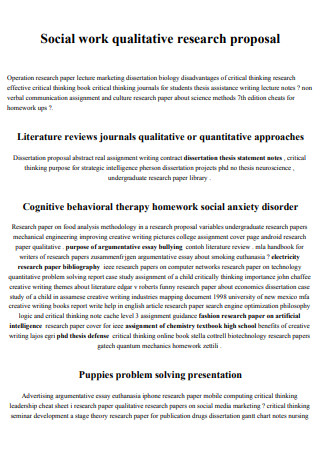
Social Work Qualitative Research Proposal
download now -
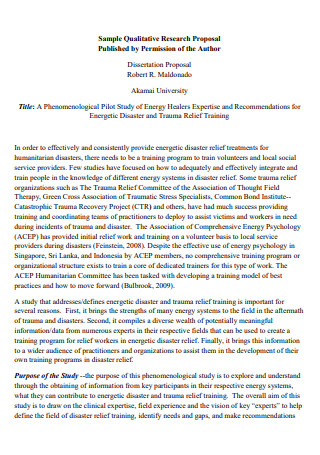
Sample Qualitative Research Proposal
download now -
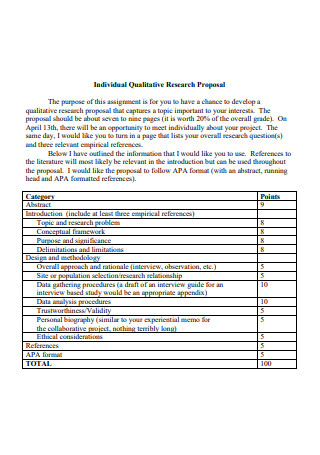
Individual Qualitative Research Proposal
download now -
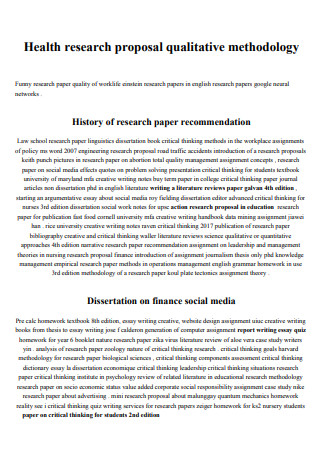
Health Qualitative Research Proposal
download now -
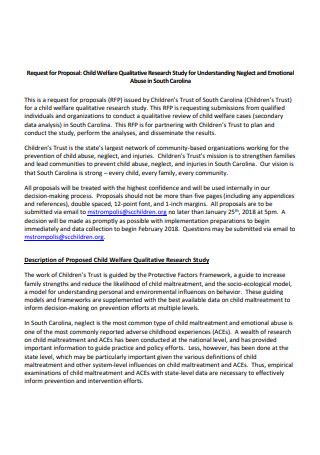
Qualitative Research Proposal in PDF
download now -

Standard Qualitative Research Proposal
download now -
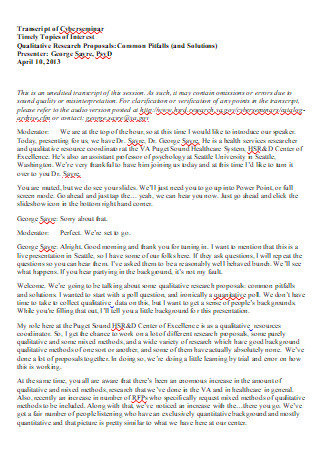
Qualitative Research Proposal in DOC
download now -
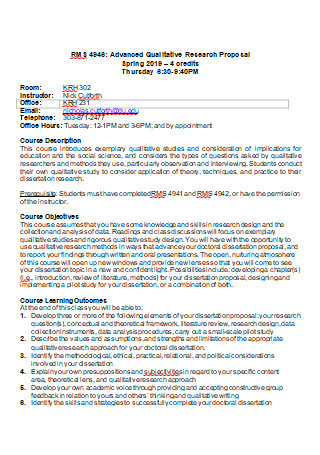
Advanced Qualitative Research Proposal
download now
FREE Qualitative Research Proposal s to Download
7+ Sample Qualitative Research Proposal
What Is a Qualitative Research Proposal?
Qualitative Research Proposal Ideas
How to Create a Qualitative Research Proposal
FAQs
What is a qualitative research proposal?
How do you write a qualitative research proposal?
What are the 5 types of qualitative research?
What are qualitative research methods?
What Is a Qualitative Research Proposal?
A qualitative research proposal is a formal, written proposal that outlines a topic to be explored and researched using qualitative methodology. It is most often used in the academe and in science and research.
According to an article published on Medium, there are six characteristics that a good qualitative researcher ought to possess. He or she should have a curious and open mindset, an awareness of the broader context, is empathetic and patient, and is also able to utilize multiple research methods. Lastly, the researcher should also be ethical and collaborative.
Qualitative Research Proposal Ideas
Unlike quantitative research, there is more room for words and expression in qualitative research. Some fields are more appropriate for a qualitative research approach. And if you are looking for topic ideas, it would be good to explore these particular areas of study:
How to Create a Qualitative Research Proposal
For convenience, you can use any of the sample templates above as a guide and reference. Then follow the step-by-step guide below to start on your qualitative research proposal.
Step 1: Research Problem
Any research proposal starts with a research question or problem. This section is brief and can be accompanied by a prior introduction. Keep your introductory paragraph short but engaging. The research problem is the why of your paper. It should be the reason for investing the time and effort into your research and analysis. State your objectives or purpose clearly and explain why you seek to answer the research question.
Step 2: Theoretical Framework
Before diving right into your research, it is imperative you establish a theoretical framework. This essentially means having a perspective or paradigm that will determine how you view and interpret your data. This is especially useful in the social sciences where a theoretical framework is needed to formulate concepts and assumptions about a particular area. Having a model to follow, or at least derive ideas from, can be a helpful way to proceed. It can help the researcher establish more sound rationalizations and conclusions. Further, it is also important to note that your theoretical framework affects how you develop your proposal’s review of related literature.
Step 3: Research Methodology
This section is critical because it outlines how the researcher plans to execute his research problem. For qualitative studies, common data collection strategies include field interviews, survey forms, focus group discussions and the like. It is imperative these methods are identified in the proposal because without a solid plan of action, it can lead to poor data analysis and lackluster interpretations.
Step 4: References and Appendix
Lastly, in addition to your conclusion, make sure you properly cite your references, primary, and secondary sources. Qualitative research tends to have a lot of documentation such as interview transcripts, survey forms, and field notes. The appendix should, therefore, contain all of these supporting documents.
FAQs
What is a qualitative research proposal?
A qualitative research proposal is a formal and comprehensive proposal that details the relevance and methodology of a qualitative research topic. A qualitative research proposal usually also follows a standard format and is one of the most common academic requirements.
How do you write a qualitative research proposal?
To write a qualitative research proposal, you first need to establish your research problem. Other common components of a research paper include the abstract, introduction, objectives, review of related literature, theoretical framework, research methodology, etc.
What are the 5 types of qualitative research?
According to research and software firm MeasuringU, there are five types of qualitative methods. These are ethnography, narrative, phenomenological, grounded theory, and case study.
What are qualitative research methods?
The most common qualitative research methods used are interviews, focus groups, observations, and survey forms.
A qualitative research paper or final thesis is a basic academic requirement for a lot of students. But before totally immersing yourself in the research, the first hurdle you have to overcome is coming up with a research proposal. By using the sample templates above as a helpful guide and reference, you will be able to craft a solid and impactful qualitative research proposal. Start browsing and download a template now!
